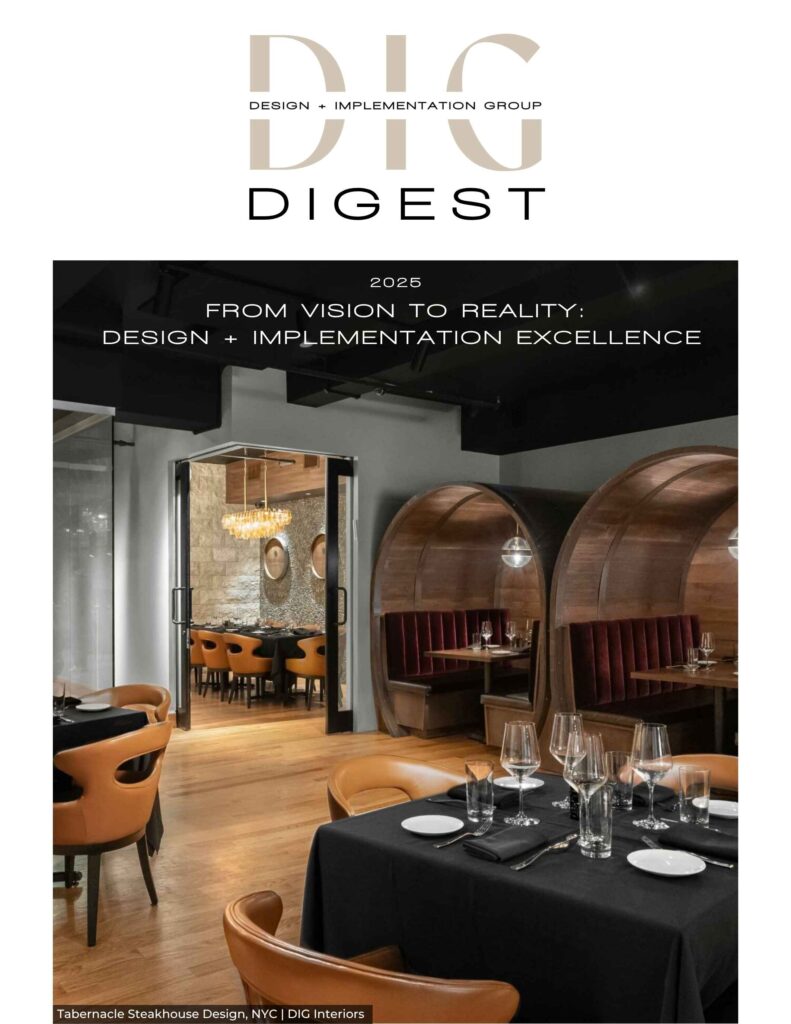In the ever-evolving world of interior design, innovation sits at the cornerstone of every successful project. From the aesthetics that catch the eye to the functionality that simplifies life, design teams are instrumental in shaping our living and working environments. This comprehensive article delves into the importance of design teams in driving innovation in interiors and how their collaborative efforts are redefining the design space.
The Evolving Role of Design Teams in Interior Design
Historically, the realm of interior design was viewed as a solo endeavor, where individual designers were the primary drivers of creativity and innovation. However, in the face of changing dynamics and increasing complexity of design projects, the role of the design team has grown significantly important. Today, design teams work collaboratively to brainstorm ideas, solve intricate problems, and create cutting-edge designs that push the boundaries of creativity. This paradigm shift towards a team-based approach has sparked a surge in creativity and innovation in the field of interior design, leading to outcomes that are as stunning as they are functional.
Harnessing Diverse Perspectives
One of the major advantages that a design team brings to the table is the amalgamation of diverse perspectives. A design team is a melting pot of designers with varied backgrounds, experiences, and skill sets, all working towards a unified goal. This diversity fosters a rich culture of creativity and innovation, as each team member brings their unique viewpoint and expertise to the design process, leading to solutions that are not only aesthetically pleasing but also meet the functional requirements of the space.
The Importance of Collaboration
Collaboration is another essential element that defines successful design teams. Through collaboration, team members can build on each other’s ideas, leading to more innovative and creative solutions that would be challenging to achieve individually. Collaboration also fosters a sense of unity and cohesion within the team, which is crucial for maintaining a harmonious work environment and can have a positive impact on the overall design process. Moreover, collaborative design processes often lead to faster problem-solving and improved efficiency, further emphasizing the importance of teamwork in interior design.
Case Studies of Innovative Design Teams
The impact of design teams on innovation in interiors is vividly demonstrated in numerous case studies. For instance, the design team at XYZ Company successfully transformed a traditional office space into a flexible, collaborative environment that boosted productivity and employee satisfaction. Similarly, the design team at ABC Company showcased innovation by incorporating sustainable materials and practices into their design process, setting a new standard for eco-friendly interior design.
The Future of Design Teams
As we look to the future, the role of the design team is set to become even more paramount. With advancements in technology and an increasing focus on sustainable and user-centric design, the challenges facing interior design are growing more complex. In this context, design teams will continue to be a catalyst for innovation, experimenting with new materials, technologies, and design philosophies to create interiors that are not only visually stunning but also in harmony with the environment and the users’ needs.
Conclusion
Design teams play a pivotal role in driving innovation in interiors. By harnessing diverse perspectives and fostering a culture of collaboration, design teams are able to create designs that are innovative, impactful, and reflective of the evolving needs of the society. As the field of interior design continues to evolve at a rapid pace, the role of the design team will undoubtedly continue to grow in importance, shaping the future of interiors one design at a time.





